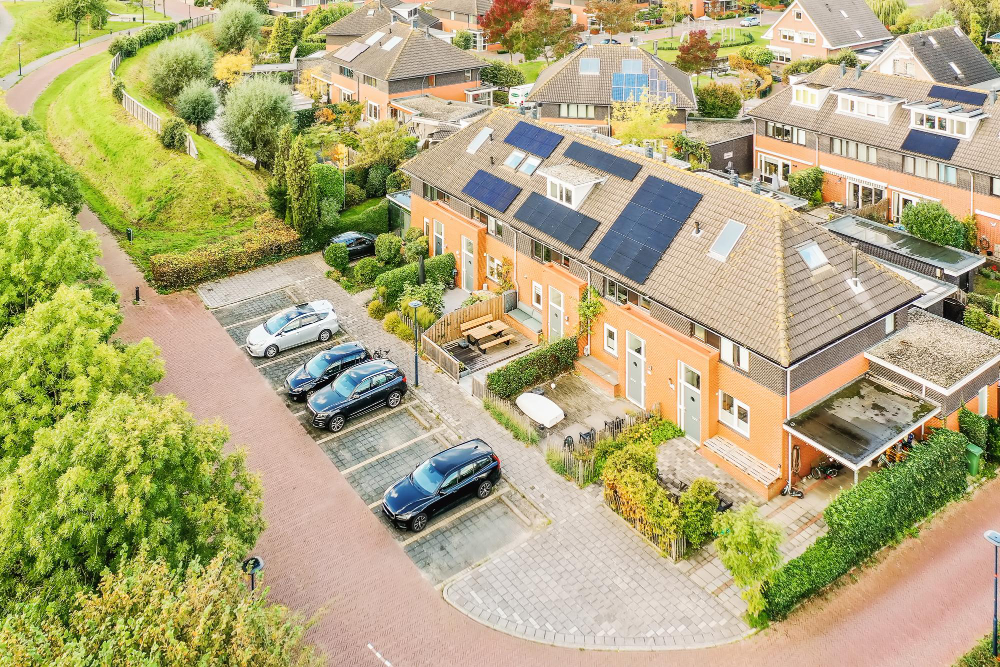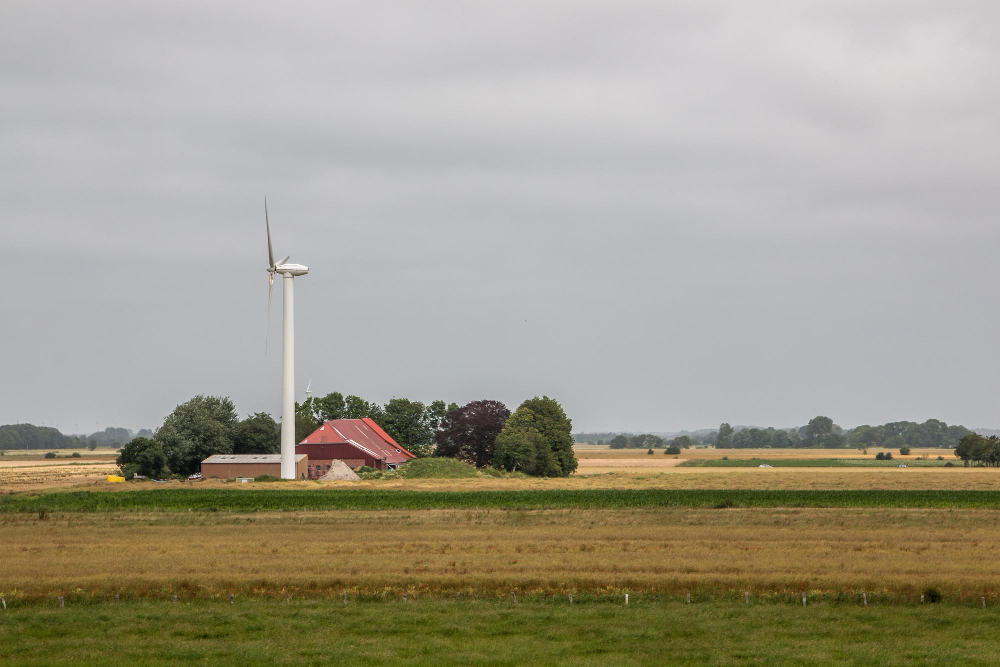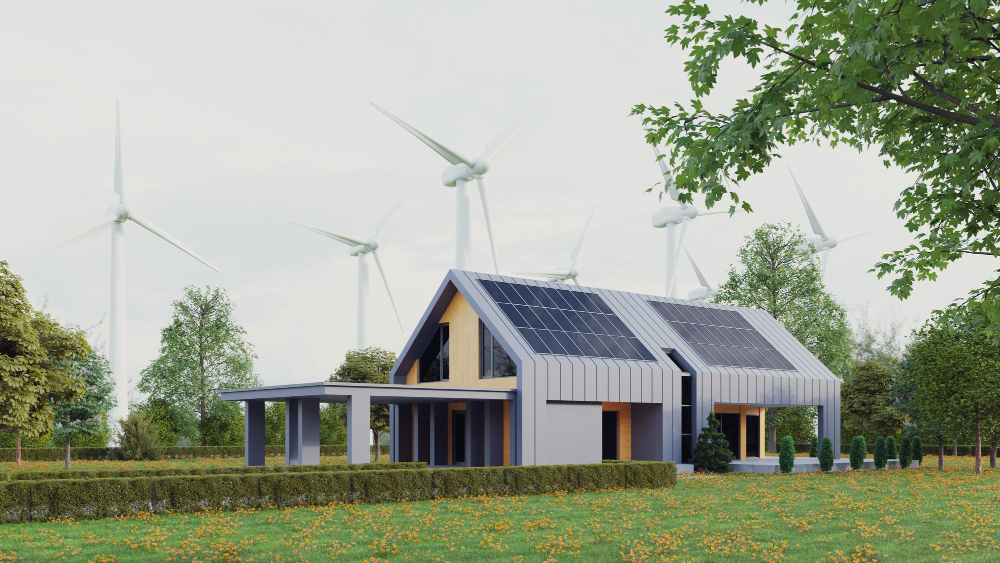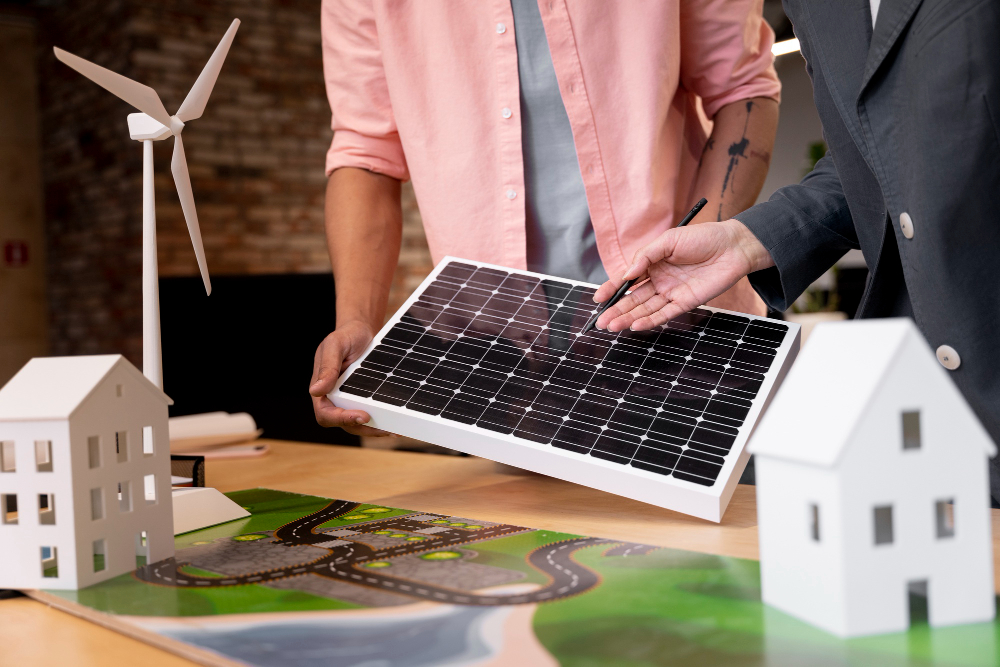Last updated on
Living sustainably is increasingly becoming a major focus for many people. While a lot of change needs to happen on a global scale, it’s possible to make changes at an individual level. One of these is by looking at how to make our homes more energy efficient.
If you’re looking for ideas to help introduce sustainable ideas in your home, read on. This guide looks at how you can make the switch to greener options.
Why Is Energy Efficiency Important?

Energy efficiency is important for several reasons, but climate change is at the top of the list. The planet is getting warmer and this is triggering the conversations between governments at major events, like COP 28.
The US Government, along with other major nations, is working to meet the targets set out in the Paris Agreement. This is a legally binding treaty on climate change and the impact of greenhouse gas emissions and its goal is to ensure we don’t reach 2°C over pre-industrial levels by limiting the target to 1.5°C.
Climate change affects us all and so it’s something that the government is tackling on both a countrywide and individual scale. So, by taking steps to reduce our carbon footprint, we’re contributing to offsetting climate change.
Another reason to focus on energy use at home is it directly impacts your monthly bills. A home with low energy efficiency can mean you pay more. This is because more energy is needed to heat, cool, and power it.
Investing in smart, energy-efficient upgrades can make your home more energy-efficient. It can also make your home attractive to potential buyers, should you want to put it on the market.
Renewable Energy Sources

One way to make your home more sustainable is by integrating renewable energy sources into your home. Some sources to consider include:
- Solar panels
Using the power of the sun through solar panels has become one of the most popular and accessible forms of renewable energy. These are typically placed on the roof of your home and they convert sunlight into electricity, providing an eco-friendly alternative to traditional power sources. Additionally, solar heating systems use the sun’s energy to warm water for domestic use and space heating.
- Wind
Wind power is another popular source of renewable energy. Wind turbines generate electricity by using the kinetic energy of the wind, converting it into a clean and sustainable power source. Though more commonly associated with large-scale wind farms, smaller wind turbines designed for residential use are increasingly being added to properties. With the right conditions, a domestic wind turbine can contribute significantly to your home’s energy needs.
- Air heat pumps
These are versatile systems that provide both heating and cooling functions and they can be set up using components from stockists such as RS Americas. Air heat pumps extract heat from the air or ground, concentrating it to generate warmth for indoor spaces.
In addition to serving as primary heating sources, air heat pumps can function as reliable backups or generators during power outages, ensuring uninterrupted energy supply for essential household systems.
- Biomass
Biomass systems utilize organic materials such as wood pellets or agricultural residues, offering an eco-friendly alternative to fossil fuels. These systems can provide space heating, hot water, and even electricity.
Additionally, hydroelectric power, a subset of biomass energy, tap into the energy generated by flowing water to produce electricity. While large-scale hydroelectric projects are common, smaller-scale hydro solutions can be tailored to meet residential energy needs.
It’s worth taking the time to establish the renewable resources that you want to introduce to your home.
Related reading:
Table of Contents





